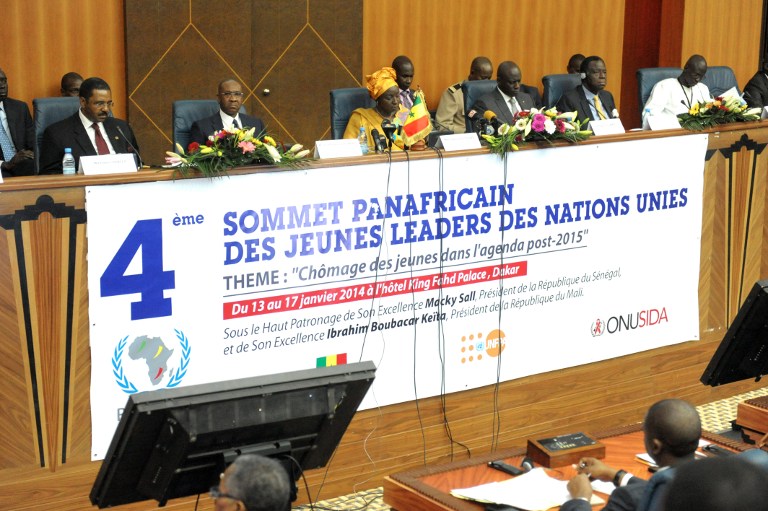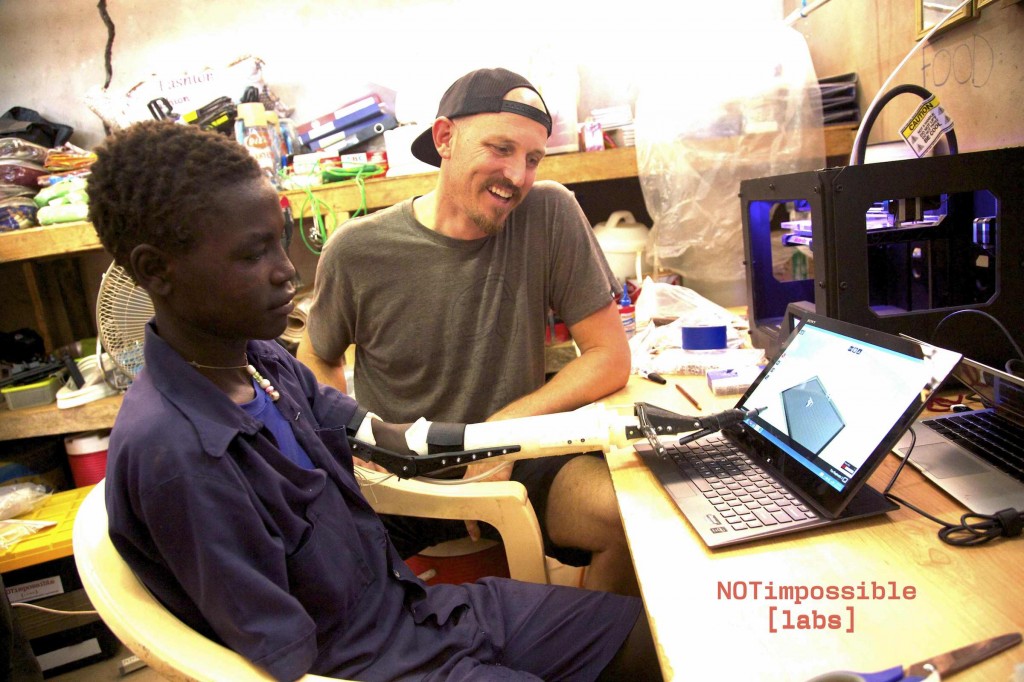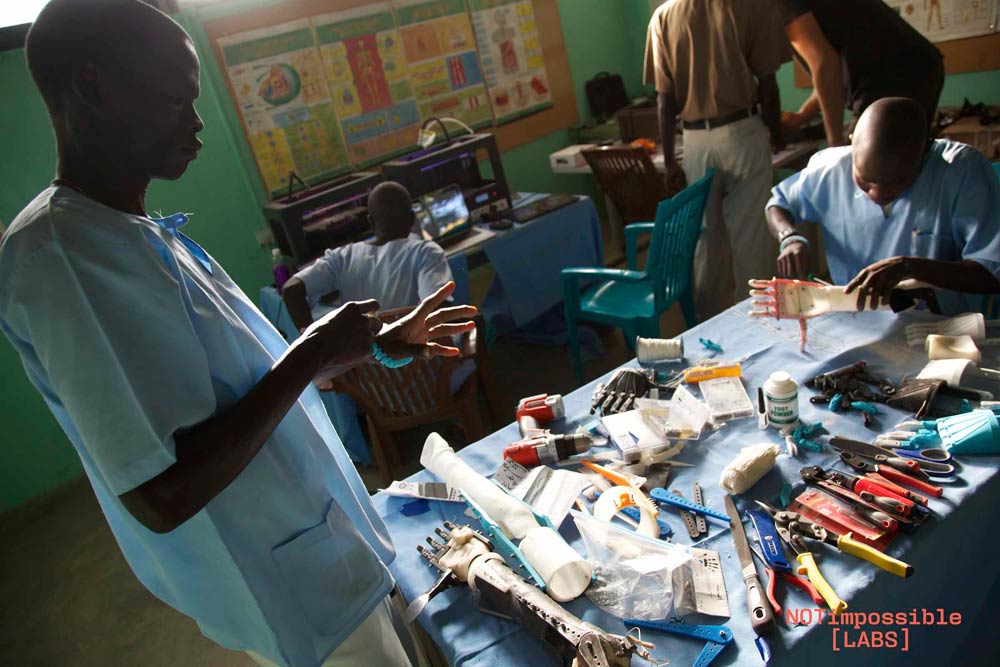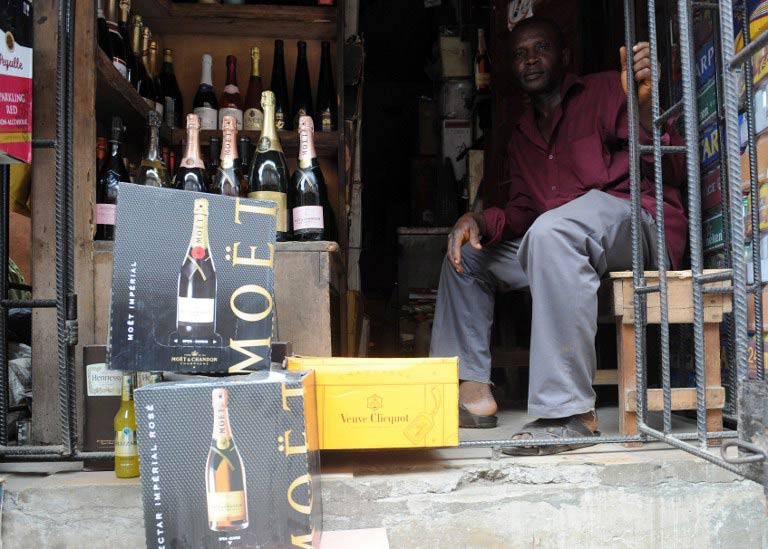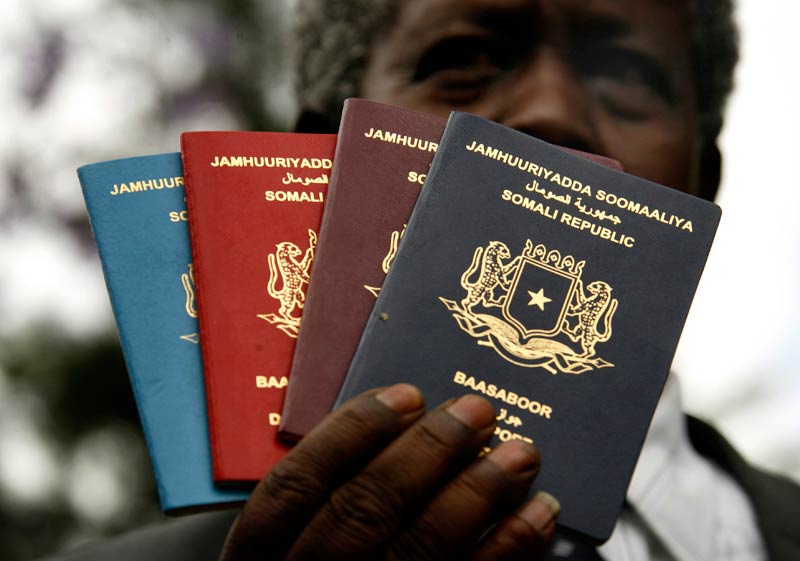A week after Nelson Mandela died, Kenya marked 50 years of independence from British colonial rule. This anniversary, on December 12, amid South Africa’s mourning period for Madiba, received little attention in the world media.
For President Uhuru Kenyatta, whose mission is to turn Kenya into a middle-income economy, the golden jubilee festivities offered much-needed diversion from the International Criminal Court (ICC) which has charged him for having a hand in post-election violence that left 1 200 dead and 600 000 homeless back in 2007. The ICC trial is a millstone no (sitting) president wants around their neck.
Between executing his duties as Deputy President, William Ruto – Kenyatta’s co-accused for the 2007 clashes – has spent the recent while, and a fortune, shuttling between Nairobi and The Hague, where his trial began in September. Whatever the result, it’s a lamentable distinction that Kenya’s top brass – already made up of strange bedfellows – is being tried by the ICC. With the exception of a euphoria-filled but troubled first decade of independence, and, less so, from 2003, Kenya’s past is sorry to put it mildly. Given where things are, will Kenyans look back on the 50th anniversary festivities with a sense of pride in years to come?
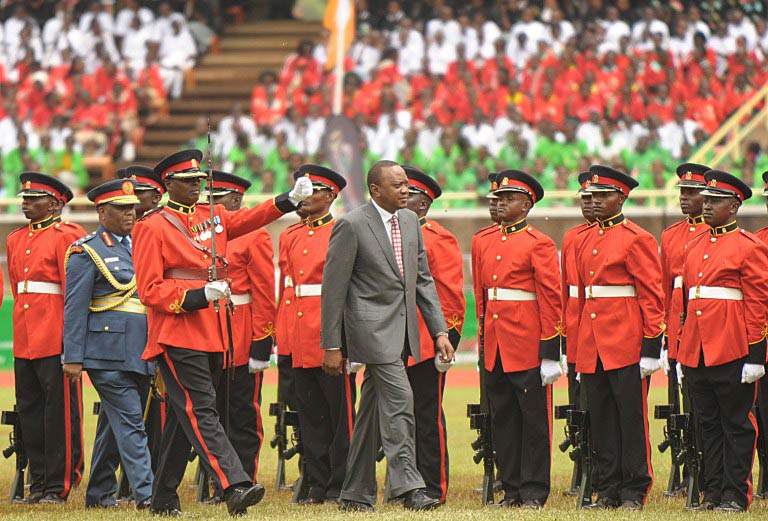
Sandwiched between Jakaya Kikwete-led politically stable Tanzania, Ethiopia and Somalia, a failed state notorious for piracy, Kenya is home to about 43-million people. For context, Nigeria’s population is four times larger while South Africa’s population is 50-million. Kenya’s US$71bn in GDP makes it Africa’s tenth-largest economy, according to the World Bank. On a per capita basis it’s pitifully low – a fraction of Botswana’s, Tunisian or that of Mauritius, Africa’s bellwether.
High levels of poverty and kleptocracy have spurred Kenyatta’s talent-packed administration to force a turnaround to achieve 10% in annual economic growth. But graft could dampen that, University of Nairobi academic Dr Brigitte Okonga-Wabuyabo explained in a telephonic interview. Indeed, corruption affects many other facets. In an article titled “The rot that is killing Kenya“, journalist Bertha Kang’ong’oi bemoaned its pervasive nature and linked the Westgate incident to “endemically corrupt” police and state officials. It’s no small wonder then that Kenya fares shabbily on the Mo Ibrahim Governance Index as well as the Global Competitiveness Index.
On the upside, Kenya, replete with ICT initiatives such as Konza Techno City, East Africa’s Silicon Valley, is a top performing market with a “burgeoning middle class”. Still, Kenya is a curious mix for South African companies. Some of them, like Avusa and Nando’s, flopped and retreated while others boom.
Lured by a mix of rising incomes that have boosted levels of alcohol consumption, SABMiller is back after retreating last decade. On a per capita basis, according to SABMiller, Kenyans consume 46 litres of beer. While that’s half the Polish average, it’s pretty high by East African standards, where consumption hovers around 10 litres per capita.
On why some locals fail to impress, Okonga-Wabuwayo argues that some companies don’t understand the Kenyan consumer profile and “feel that whatever works in South Africa can be replicated here”. Further, she says, Kenya is an expensive place to do business in.
Despite such hurdles, Southern Africa is well-represented, with Strive Masiyiwa-led Econet, Botswana’s lender Letshego and JSE-listed outfits like Woolworths. Dozens of Chinese firms, including Huawei, also play here.
Back to the ICC. Okonga-Wabuyabo prefers the matter to be dealt with speedily “for the sake of certainty and sanity”. In contrast, it seems Kenyatta, with the African Union egging him on, would rather not go to court. In his favour, it’s emerged that some witnesses, who were bribed, have turned out to have lied against some of the co-accused. After many delays, it seems Kenyatta will have his date in court in February. Don’t bank on it. Across the border, Sudan’s President Omar al-Bashir is also wanted by the ICC for genocide in Darfur.
Kenya’s leaders
For all its troubles, Kenya, led to independence in 1963 by Kenyatta’s father, Jomo (also known as Mzee, an honorific), has made strides. These are notable especially since, to paraphrase Moeletsi Mbeki in Architects of Poverty, by 1970-1990 Kenya had fallen to unprecedented lows. Because Mzee, the father of the nation, neglected the poor he endured two coup bids. Diagnosing the malady, Oginga Odinga (who was subsequently fired from his job as Mzee’s deputy and then jailed), cited land grabs from the poor and neo-liberalism, which he felt worsened poverty.
On the economic front, Mzee fared excellently. GDP rose on average by a high 6% per year and Kenya outdid Indonesia and Malaysia right until 1980. Behind the stats is a sad picture. “[The] figures disguised a widening disparity – the rich got richer and poverty levels increased,” Martin Meredith observers in The State of Africa.
The narrative got worse under Mzee’s successor, Daniel Arap Moi, another coup d’état survivor. His 24-year reign – a spaghetti junction of violence, terror, repression and graft – cost Kenya dearly on all fronts. Criticising kleptocracy or advocating political reforms was akin to treason. “Arrest, detention and other forms of harassment – for journalists, academics, trade unionists, and even members of parliament – were the most likely,” Meredith writes.
Some of those who spoke out including Bishop Alexander Muge and other clerics were assassinated. Foreign Minister Robert Ouko was found dead after compiling a report into “high-level corruption”. Eight hundred protesters were killed on the eve of the 30th anniversary of independence. Hundreds of thousands more were displaced while others, like Shadrack Gutto, fled into exile. Moneywise, runaway inflation hit 100% and the economy degenerated.
So, when Mwai Kibaki, whose clean government campaign enabled his coalition to dethrone Moi, took over in 2003 the country was freefalling. Within a year, sadly, members of Kibaki’s top brass were thieving. Michela Wrong, citing human rights and anti-corruption activist John Githongo, put it aptly in It’s Our Turn to Eat. Nevertheless, Kibaki is best remembered for extricating Kenya from the doldrums and setting it on an upward trajectory.
What will Kenyatta’s legacy be?
Back to the future. With the festivities that marked the 50th anniversary behind us, the question for Kenyatta is what his legacy will be. It’s not the pomp or speeches that matter to Kenyans in slums like the capital’s Kibera or Mombasa’s Bangladesh but when and how they’ll live the Odinga dream: get land and jobs that will enable them to escape poverty, and have access to quality education and clean water. Will the incumbent (or his successors), like Kibaki, fail the corruption test? Kenyans are watching.
Kenyatta better take lessons from Brazil’s Luiz Inacio Lula da Silva – whose successful efforts to grow the economy and reduce poverty makes him a case study – especially since Kenya is still trapped in the vicissitudes of the past. Life expectancy is in the 50s (markedly lower than 80 in the UK or even Cuba, a peer low income nation, but in line with Botswana and South Africa). Before gazing into the future or speculating on how all of this can ail the Vision 2030 development blueprint, no one is saying what’s to be done with the republic of slums – the type synonymous with Rio de Janeiro’s favelas.
Instead of simply patting itself for dominating East Africa, a small pond, Kenya should measure against giants like Malaysia. Apart from making it to the middle-income league, its success should reflect in improved literacy and reduced infant mortality rates, for two. Kenyatta is a youthful politician with a business background. Members on the fourth president’s team are highly trained and have talent aplenty. All of these factors should count for something.
“Vision 2030 is about ensuring that the country becomes a developed one, it’s also about uplifting the poor. Right now, most Kenyans live on less than $1 a day,” says Okonga-Wabuyabo. While South Africa also fares poorly on this score, Mauritius has slashed the number of people in that category to just 1%.
The Kenyan academic believes Vision 2030 can work, but stresses the need for players to pull together. “For now we’re still battling with corruption – it’s a serious threat that could take us back or stall progress.”
Kenyans have been singing Not Yet Uhuru since the Odinga days. It’s time for a new tune and the founding president’s son, whose Kiswahili first name means freedom, hasn’t only the power to do it. If he fails, well. Will the nation look back to 2013, which marks the second half a century of independence, with a sense of pride?
Shoks Mnisi Mzolo is a South African print and broadcast media practitioner who covers a range of topics including business and the economy, healthcare, telecommunications, and politics.
